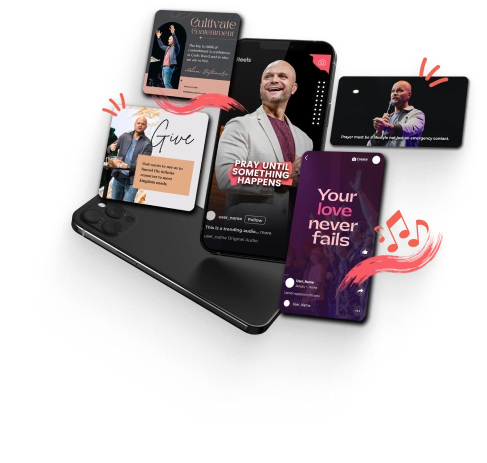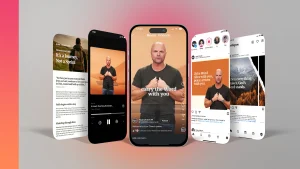Introduction
In today’s digital age, live-streaming your sermons can be a game-changer. It’s a powerful way to reach new audiences and keep your congregation connected, even when they’re at home. Whether you’re a small community church or a large congregation, live streaming can broaden your reach, helping you spread your message far and wide.
Preparing for the Live Stream
Choosing the Right Equipment
First things first, you’ll need the right gear. Think of this as the foundation of your livestream. You don’t need to spend a fortune, but some items are essential.
Camera: A decent webcam will do the job, but if you want better quality, consider a DSLR camera.
Microphone: Clear audio is crucial. A good microphone can make a world of difference. Lavalier mics are great because they clip onto your clothing and are unobtrusive.
Tripod or Mount: Keeping the camera steady is a must. A tripod or camera mount will keep your shot steady.
Selecting the Streaming Platform
Choosing the right platform is like picking the best stage for your performance. Here are a few popular options:
YouTube: It’s user-friendly and easily accessible. Plus, it saves your videos for people to watch later.
Facebook Live: Great for reaching your existing followers and encouraging engagement through comments.
Zoom: Ideal for more interactive services where you want to see and hear your congregation.
Each platform has its pros and cons, so think about your needs before making a choice.
Setting Up for High-Quality Video and Audio
Good video and audio quality make a huge difference. You want your congregation to see and hear you clearly.
Lighting: Natural light is best, but if that’s not an option, use softbox lights to eliminate shadows.
Sound Quality: Test your microphone and speak clearly. Avoid noisy environments to keep your audio crisp.
Camera Angles: Position your camera at eye level. A head-on angle creates a more personal connection.
Promoting Your Live Stream
Creating Engaging Announcements
Now that you’re ready to go, it’s time to let people know. Craft engaging announcements to build excitement.
Social Media: Post teasers and reminders on Facebook, Instagram, and Twitter.
Email Newsletters: Send out an email to your mailing list with details about the stream.
Church Bulletins: Include a notice in your weekly bulletin or announcement sheet.
Scheduling the Live Stream
Timing is everything. Schedule your live stream at a time when your congregation is likely to tune in. Sunday mornings are a common choice, but mid-week evenings might also work well.
Executing the Live Stream
Running a Test Stream
Before the big day, run a test stream. This helps identify any technical glitches ahead of time. It’s like a dress rehearsal – you wouldn’t skip that before a big play, right?
Engaging with Your Online Congregation
Engagement is key. Make your online audience feel included. Greet them, acknowledge their comments, and encourage interaction.
Comments: Respond to comments and questions in real time.
Live Chats: Use live chat features to make your stream interactive.
Q&A Sessions: Allow time for questions and answers at the end of your sermon.
Post-Stream Activities
Editing and Sharing Recorded Sermons
Once your livestream ends, the work’s not over. Edit the recorded sermon to clean up any mistakes and add titles or graphics. Share it on your platforms so those who missed the livestream can catch up. You can also clip the stream into short-form content for Instagram, Facebook, YouTube, TitTok, etc. Services like Sermon Shots make this daunting task effortless.
Gathering Feedback and Analytics
To improve future streams, gather feedback from your viewers. Use analytics to see how many people watched, when they tuned in, and how long they stayed. This data is invaluable for making your next live stream even better.
Conclusion
Live streaming your sermon might seem daunting at first, but it’s a fantastic way to extend your ministry’s reach. By choosing the right equipment, promoting your stream effectively, and engaging with your online congregation, you can create a moving experience for viewers near and far. Start live-streaming your sermons today and see the incredible impact they can have on your community.





